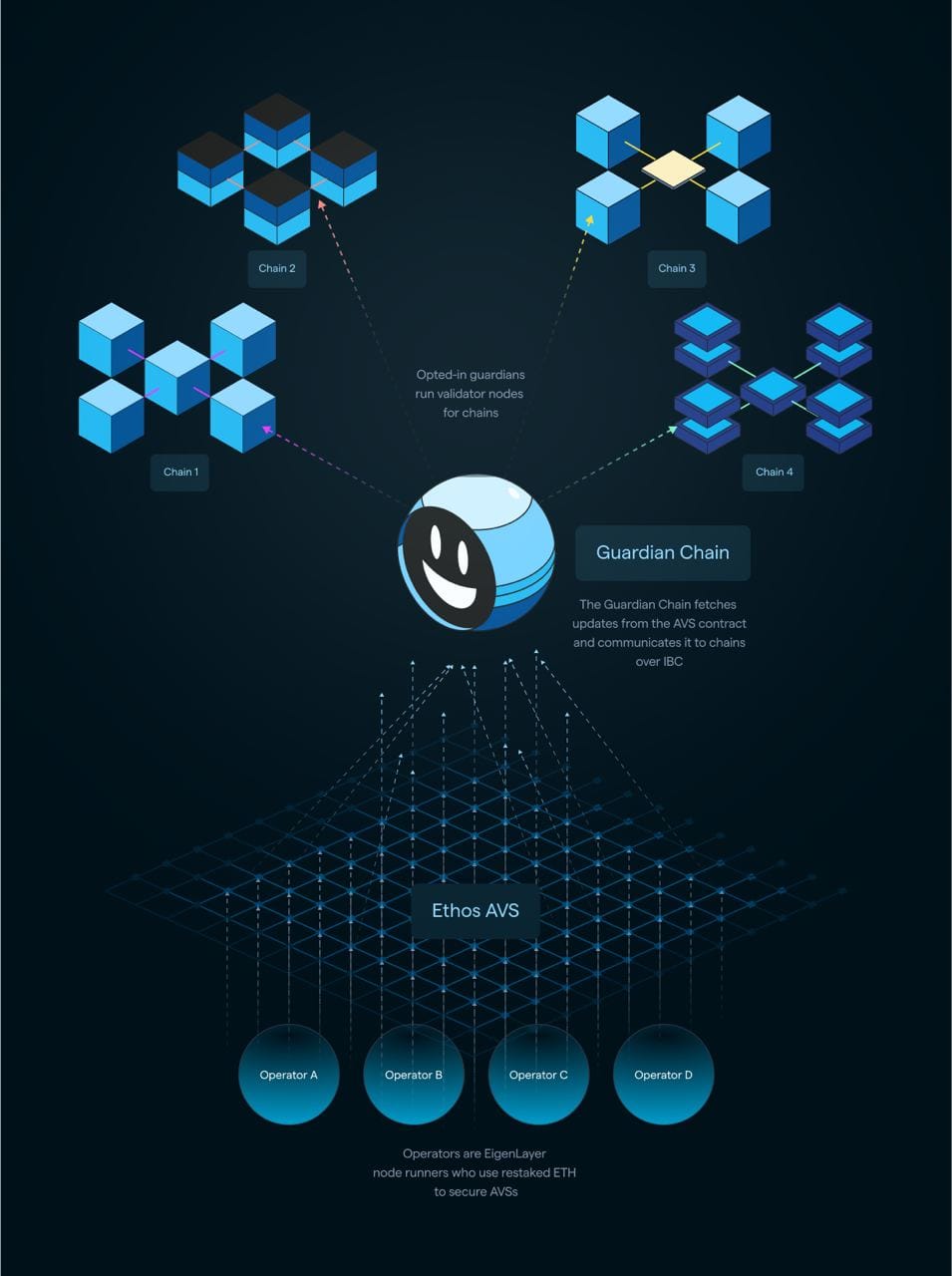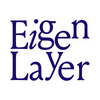Ethos: Powering the Convergence Era of Blockchains
Blockchains are entering an era of convergence, characterized by the dissolution of boundaries between different network architectures. Cosmos started as a network of appchains, with each chain independently establishing its validator set and trust protocol using native tokens. Ethereum, on the other hand, chose a shared security approach where every layer built on top leverages the security of staked ETH.
Now, both networks are converging on the idea of having a shared security layer support a network of interoperable blockchains. Innovations like mesh security and opt-in shared security allow Cosmos chains to leverage the existing validator sets of other Cosmos L1s. Similarly, through EigenLayer, Ethereum extends the reach of its trust layer to secure protocols beyond its native ecosystem.
Ethos supercharges this convergence by enabling Cosmos blockchains to leverage the economic security of restaked ETH to bootstrap their trust layer.
Ethos Architecture
The Ethos ecosystem comprises 3 layers:
- AVS contract: An AVS deployed on EigenLayer that enables secure delegation of restaked ETH to Ethos Guardians.
- Guardian chain: A Cosmos L1 that acts as an intermediary layer between Ethereum and Cosmos, by using the restaked ETH to co-validate or delegate to other Cosmos L1s.
- Ethos-powered chains that leverage the Guardians to easily bootstrap a decentralized trust network and/or increase their economic security.
The 3 components work together as a security coordination layer that powers Cosmos with restaked ETH security.

Bootstrapping a validator set from scratch
For anyone building a PoS chain, setting up a validator network from scratch is a complex and challenging task. Developers must engage with numerous stakeholders to persuade them to hold and stake the native token. This coordination overhead stifles innovation in the appchain ecosystem, requiring developers to possess expertise in building every layer of the stack instead of focusing on their chain's unique value proposition.
Ethos eradicates this complexity and lowers the barriers to innovation. Instead of spending hours with 100+ different validators, developers building a PoS chain can easily leverage the Ethos Guardians to bootstrap a validator network. This eliminates the need for laborious and extensive stakeholder management and empowers developers to concentrate on their core competencies and unique offerings, thereby accelerating open innovation.
Tapping into an existing pool of security
The other challenging aspect of building a PoS trust layer is the high cost associated with bootstrapping the network. PoS chains pay for the security budget with native token, diluting the token value. For stakers, holding and staking a new token has several costs:
- Opportunity Cost: the rewards that stakers could have receive from staking the tokens somewhere else
- Risk Exposure: Stakers take on price volatility risk as their staked token is illiquid
Therefore, unless the native token has additional value accrual mechanisms, protocols need to set high token emission rates to convince people to hold and stake the token for an extended period of time.
Ethos solves this problem by allowing any chain to tap into an existing pool of security in the form of restaked ETH. Since the restakers already earn yield from native Ethereum staking, the capital opportunity cost of securing additional chains is almost zero. Further, the risk exposure is significantly lower since the staking token is ETH, the most liquid staking asset.
Because the marginal costs of securing additional chains are drastically reduced for the validators, their rewards can be positive with much lower emission rewards. This allows protocols to bootstrap their networks with 90% lower security costs.
Seamless coordination between Ethereum and Cosmos
Ethos streamlines the process for any Cosmos L1 to leverage the pooled security of Ethereum by abstracting away the complexity of such an integration on both sides.
Within the Cosmos ecosystem, Ethos is implemented as a security module, enabling rapid deployment of Cosmos L1s without the need for extensive customization. Stake updates and messages are securely transmitted from the Guardian chain to the other Cosmos chains via the IBC protocol.
On the EigenLayer side, chains DO NOT need to spend hundreds of hours in business development efforts to identify and negotiate with operators. Ethos abstracts that away.
Moverover, instead of requiring developers to learn Solidity to deploy AVS contracts on EigenLayer or implement custom slashing architectures, Ethos handles all the specifics out-of-the-box, providing an all-in-one solution for Cosmos chains to seamlessly leverage the security of restaked ETH.
Concluding Thoughts
The convergence of Ethereum and Cosmos ecosystems represents a paradigm shift in the blockchain landscape. Ethos acts as a layer of hybridization, enabling Cosmos chains to effortlessly leverage the economic security of restaked ETH. Ethos not only fosters a more interconnected and resilient blockchain landscape but also empowers developers to focus on their core competencies, accelerating innovation and fueling the growth of a vibrant appchain ecosystem.
As the boundaries between network architectures continue to dissolve, the collaboration between Ethos and EigenLayer paves the way for a truly decentralized and interoperable web of blockchains, ushering in a new era of convergence and shared security.

